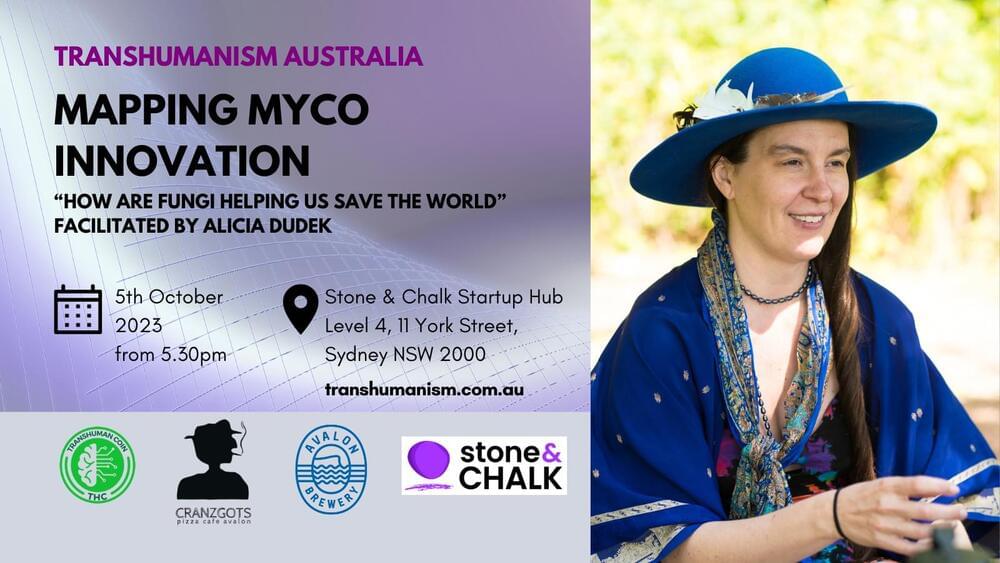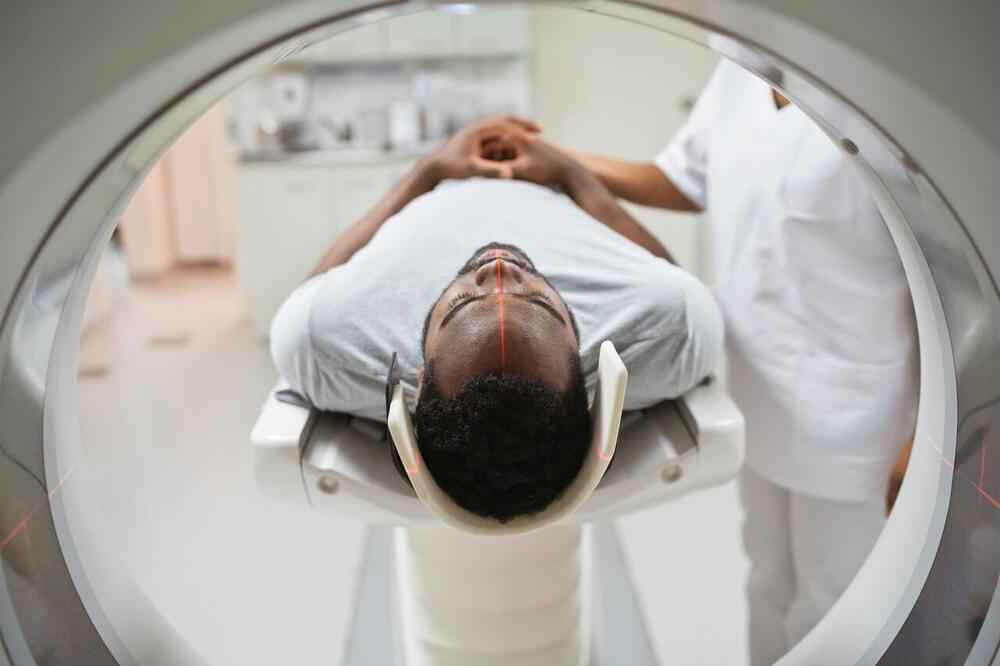Astronomers say they have spotted evidence of stars fuelled by the annihilation of dark matter particles. If true, it could solve the cosmic mystery of how supermassive black holes appeared so early.


Astronomers say they have spotted evidence of stars fuelled by the annihilation of dark matter particles. If true, it could solve the cosmic mystery of how supermassive black holes appeared so early.
“Welcome to another exciting episode of AI News! Our top story today is the release of ChatGPT’s DALL-E 3, an AI system that is revolutionizing image generation. We’ll also be discussing Google’s BARD and its recent upgrade, as well as the impressive $40M funding received by Legit Security to protect AI applications from cyber threats. Stay tuned for these stories and more in this episode of AI News. Don’t forget to subscribe and hit the bell icon so you never miss an update on the latest developments in Artificial Intelligence!”


The economic downturn is already a devastating blow to job seekers everywhere. Now scammers are taking advantage of the situation by ramping up their methods of swindling people.
Job scamming is a threat to job seekers all over the world. For example, the Better Business Bureau (BBB) reported an increase in job scam complaints in the United States and Canada in the past several years. Singapore job seekers lost $660 million SGD ($495 million USD) in 2022 alone. And in the UK, 10,000 people were approached on LinkedIn and Facebook by “foreign spies and malicious actors” to steal information.
Phishing attacks and malware are the primary methods of scamming job seekers, according to a February Trellix report. Scammers create fake websites, often employing typosquatting. A fake site uses a real name like Indeed that’s slightly misspelled (such as “Indeeed”) or extends the URL in hopes the job seeker will not notice the base domain name. These sites appear legitimate but are used to steal passwords and financial information.

In a new study in mice, a team of researchers from UCLA, the Swiss Federal Institute of Technology, and Harvard University have uncovered a crucial component for restoring functional activity after spinal cord injury. The neuroscientists have shown that re-growing specific neurons back to their natural target regions led to recovery, while random regrowth was not effective.
In a 2018 study published in Nature, the team identified a treatment approach that triggers axons —the tiny fibers that link nerve cells and enable them to communicate—to regrow after spinal cord injury in rodents. But even as that approach successfully led to the regeneration of axons across severe spinal cord lesions, achieving functional recovery remained a significant challenge.
In a new study, published in Science, the team aimed to determine whether directing the regeneration of axons from specific neuronal subpopulations to their natural target regions could lead to meaningful functional restoration after spinal cord injury in mice. They first used advanced genetic analysis to identify nerve cell groups that enable walking improvement after a partial spinal cord injury.

Generative artificial intelligence – the kind of AI behind the hugely popular ChatGPT application – already is disrupting the healthcare industry. C-suite executives and other health IT leaders at provider organizations need to know much to keep up and what to be wary of.
Venky Anant is a partner at research and consulting firm McKinsey Digital. He is our guest on this week’s podcast. He has vast expertise in AI and knows well its disruptive potential.

The boundaries of science are constantly being pushed and expanded as newer and more advanced technology is developed, and researchers are now promising a “new era” of discovery as the world’s most powerful X-ray laser comes online.
The laser in question is the Linac Coherent Light Source (LCLS) II, and it’s able to produce up to a million X-ray flashes every single second. That’s some 8,000 times more than the original LCLS laser, creating a virtually continuous beam of highly energetic light that is 10,000 times brighter than before.
That means it can capture processes in much more detail at the atomic scale, perhaps processes that have never been properly observed before – and from there, maybe opening up completely new fields of research.